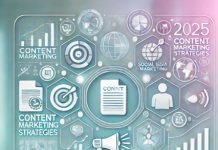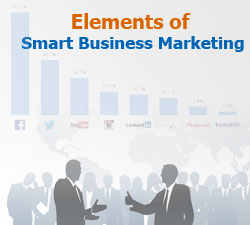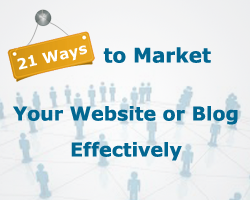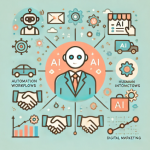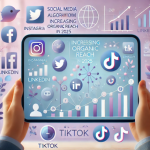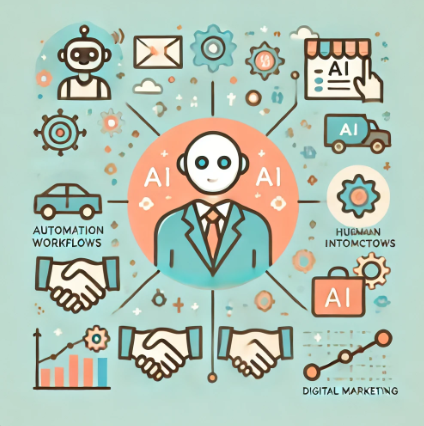 Automation and Artificial Intelligence (AI) have revolutionized digital marketing. From personalized email campaigns to predictive analytics, automation allows marketers to reach audiences more efficiently than ever before. But with this convenience comes a risk—losing the human touch that builds trust and fosters genuine relationships with customers.
Automation and Artificial Intelligence (AI) have revolutionized digital marketing. From personalized email campaigns to predictive analytics, automation allows marketers to reach audiences more efficiently than ever before. But with this convenience comes a risk—losing the human touch that builds trust and fosters genuine relationships with customers.
The key to success in today’s marketing landscape isn’t choosing between automation and authenticity—it’s learning how to blend the two seamlessly. In this guide, we’ll explore how to leverage automation effectively without sacrificing the personal connections that drive engagement and loyalty.
Why Automation Matters in Digital Marketing
Automation helps marketers manage repetitive tasks, analyze large datasets, and deliver personalized content at scale. Its benefits include:
- Efficiency: Automate time-consuming tasks like email follow-ups, social media scheduling, and ad optimization.
- Personalization at Scale: Use AI-driven insights to tailor content for individual preferences.
- Data-Driven Decisions: Predict customer behavior with advanced analytics.
- Consistent Engagement: Maintain regular communication without manual effort.
However, over-reliance on automation can make interactions feel robotic, reducing emotional connection with your audience. That’s where maintaining the human touch becomes crucial.
The Human Touch: Why It Still Matters
While automation can optimize processes, human connections drive emotions, trust, and loyalty. Consumers don’t want to feel like just another number in your CRM—they crave authenticity, empathy, and personalized experiences.
- Emotional Resonance: Stories, emotions, and genuine conversations can’t be fully replicated by AI.
- Trust and Credibility: Personal interactions build credibility, especially in customer support and community engagement.
- Creative Storytelling: AI can generate content, but authentic storytelling still requires a human touch.
How to Balance Automation and Human Touch in Digital Marketing
1. Personalize Beyond the First Name
Automation tools can insert names into emails, but real personalization goes deeper. Leverage customer data to tailor content based on behaviors, preferences, and purchase history.
Example: Instead of “Hi John, here’s your weekly update,” try “Hi John, based on your recent interest in SEO tools, here’s a guide we think you’ll love.”
2. Use AI for Insights, Humans for Storytelling
AI excels at analyzing data and identifying trends, but humans excel at creating narratives. Use AI to gather insights and marketers to craft stories that resonate emotionally.
3. Automate Processes, Not Relationships
While automation can handle follow-ups and reminders, personal messages should remain personal. In customer support, for instance:
- Use chatbots for FAQs.
- Escalate complex queries to human agents.
- Include personalized sign-offs in automated emails.
4. Humanize Automated Emails
Even automated emails can feel personal with the right approach:
- Write in a conversational tone.
- Include personal anecdotes or relatable stories.
- Sign off with a real name and photo when possible.
<button style=”background-color: #4CAF50; color: white;”>Schedule a Free Call with Our Team</button>
5. Segment Your Audience Thoughtfully
Instead of blasting the same message to everyone, segment your audience based on:
- Behavior (e.g., purchase history)
- Demographics (e.g., age, location)
- Engagement levels (e.g., active vs. inactive users)
Tip: Use dynamic content blocks in emails that adapt based on the recipient’s segment.
6. Create Automated Workflows That Feel Natural
Automated workflows shouldn’t feel like rigid sequences. Design them to mimic natural human interactions:
- Allow flexibility in responses.
- Incorporate delays to avoid robotic timing.
- Include checkpoints for human intervention when needed.
Practical Examples of Human-Centric Automation
1. Welcome Emails with Personality
Don’t just send a generic “Welcome to our newsletter” email. Add warmth and authenticity:
“Hey Sarah, we’re thrilled you joined us! Here’s a little about our journey and how we can help you succeed.”
2. Behavioral Triggers with a Personal Touch
If someone abandons their cart, instead of a basic reminder, send:
“Looks like you left something behind, Mark. Still interested? We saved it just for you.”
3. Handwritten-Style Follow-Ups
Tools like MailLift allow you to send handwritten-style notes, adding a personal touch even in automated workflows.
Measuring the Effectiveness of Automation with Human Touch
To ensure your strategy is working:
- Track Engagement Metrics: Open rates, click-through rates, and response rates.
- Monitor Customer Satisfaction: Use NPS surveys to gauge emotional connection.
- Analyze Conversion Rates: Compare campaigns with personalized vs. non-personalized content.
Common Mistakes to Avoid
- Over-Automation: Don’t rely entirely on bots for customer interactions.
- Ignoring Customer Feedback: Automation should enhance, not replace, real feedback loops.
- Robotic Language: Automated doesn’t mean impersonal. Keep the tone friendly and authentic.
Real-World Example: How a Brand Balanced Automation and Authenticity
A SaaS company automated its onboarding emails but noticed low engagement. They revamped the series by:
- Adding personalized video introductions from team members.
- Incorporating user-specific data to customize content.
- Scheduling manual check-ins after key milestones.
Result: A 25% increase in engagement rates and a 15% boost in customer retention.
Expert Tips for Humanizing Automation
- Start with Empathy: Ask, “What would I appreciate as a customer?”
- Keep Testing: A/B test different tones, formats, and personalization levels.
- Empower Your Team: Blend automation with real human support where it matters most.
Conclusion
Automation isn’t the enemy of authenticity—it’s a tool that, when used thoughtfully, can enhance it. The future of digital marketing lies in finding that sweet spot where technology amplifies human connection rather than replacing it. By blending AI-driven efficiency with genuine human interactions, you can create marketing experiences that are both scalable and deeply personal.
After all, behind every click, open, and conversion is a real person. And that’s who we’re marketing to.

